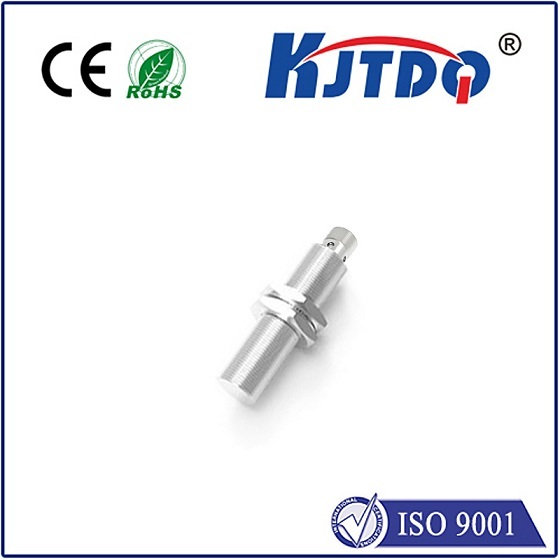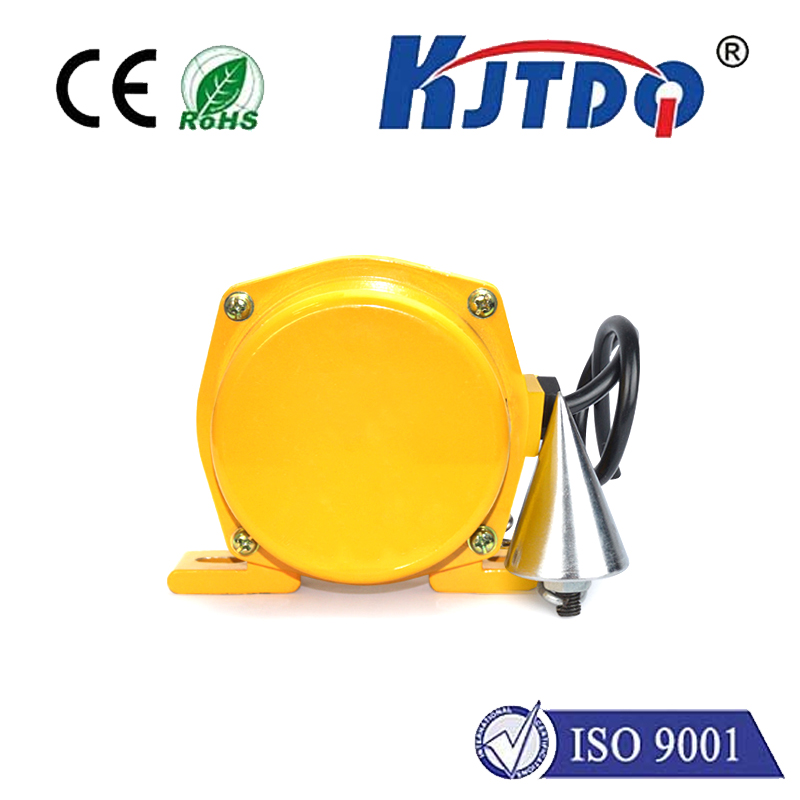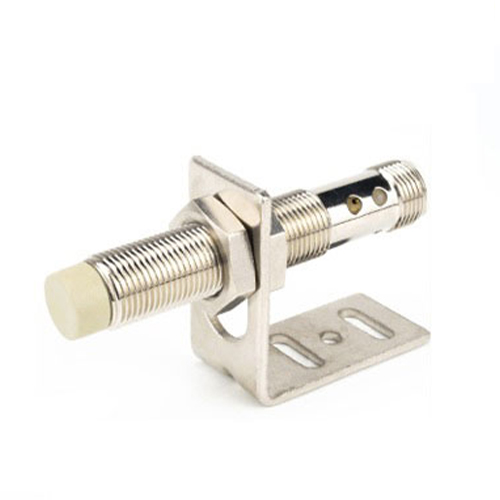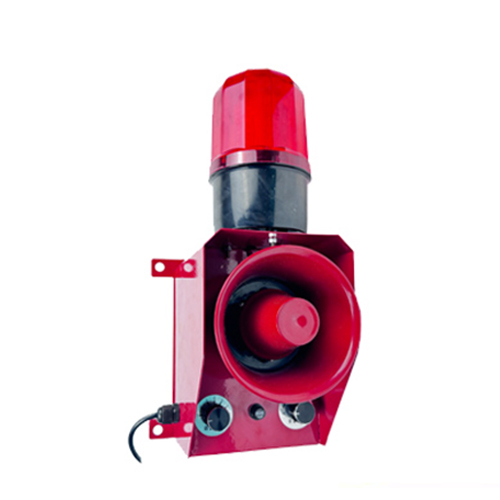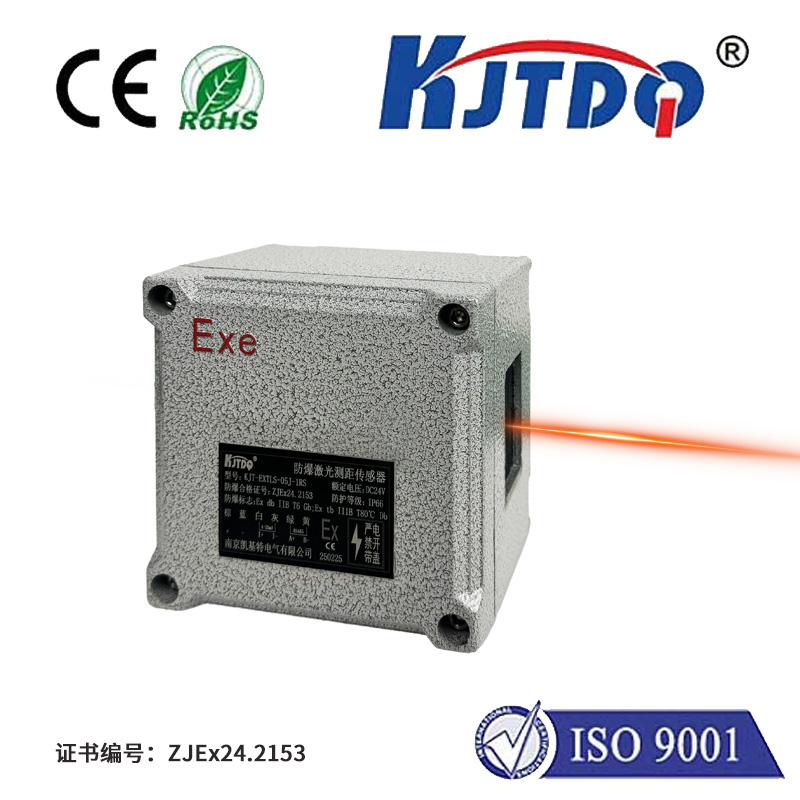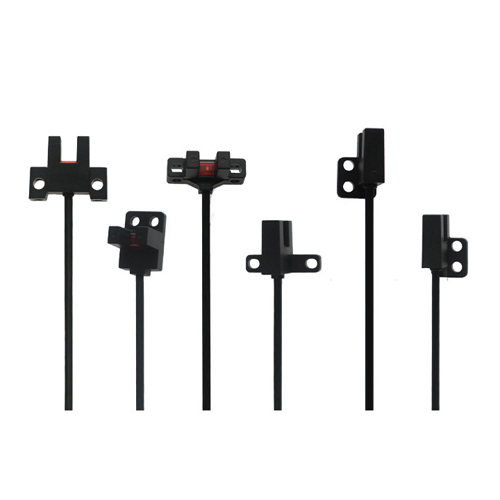
Проверка

Проверка

Проверка

Проверка

Проверка

Проверка
Imagine a crucial machine guard opening unexpectedly. Or a robotic arm overextending because a position signal vanished. In the high-stakes world of industrial automation, momentary signals just won’t cut it for critical safety and position feedback. This is where the Блокирующий ограничитель steps in, a reliable electromechanical workhorse designed to remember its state until deliberately changed. It’s not just a sensor; it’s a mechanical memory device ensuring persistent position awareness.
Beyond the Momentary Blip: Defining the Latch
Unlike their momentary counterparts that spring back instantly when the actuator is released, a Блокирующий ограничитель fundamentally operates differently. When its actuator (like a roller lever, plunger, or whisker) is triggered by an object or machine part reaching its desired endpoint, an internal mechanical latching mechanism engages. This mechanism physically locks the switch contacts into their new state – either open or closed. Crucially, this state is maintained indefinitely, even after the force triggering the actuator is removed. The switch won’t revert; it “latches” into position.
The latch is only released when a deliberate, separate action occurs. This action is often a specifically designed release actuator on the switch housing itself. It could be a push-button, a pull-ring, a lever, or sometimes even a second, opposing plunger. Depressing, pulling, or otherwise activating this release mechanism physically disengages the internal latch, allowing the switch contacts to snap back to their normal (de-energized) state. Think of it as a mechanical “set and reset” function.
The Power of Persistence: Why Choose Latching?

So, why select a latching limit switch over a simpler momentary type? The advantages stem directly from their inherent ability to hold state:
Where the Latch Holds Sway: Key Applications
The unique properties of latching limit switches make them indispensable in numerous industrial scenarios:
Key Considerations: Choosing the Right Latching Switch
Selecting the appropriate Блокирующий ограничитель involves several factors:
Maintenance Matters: Ensuring Long-Term Reliability
While robust, latching limit switches, like all mechanical devices, require attention. Regular inspections for physical damage, smooth actuator movement, and positive latching/releasing action are essential. Ensure mounting remains secure. Periodic verification of the electrical contact functionality via testing is crucial, especially for safety interlocks. Keep the actuator path and release mechanism clear of debris or obstructions. Lubrication requirements vary greatly by model; consult the manufacturer’s data.
The Indispensable Anchor
In a landscape dominated by fleeting signals and digital impulses, the Блокирующий ограничитель stands as a mechanical anchor. Its simple, elegant mechanism provides an unshakeable, persistent indication of position or state. By mechanically locking into its triggered position, it delivers unparalleled reliability for safety interlocking and critical position verification tasks. Where knowing and holding the state truly matters – where momentary isn’t enough and power-cycling mustn’t erase the truth – the latching limit switch remains an essential, reliable, and fundamentally critical component in the engineer’s toolkit. It’s the guard that never forgets its duty.

